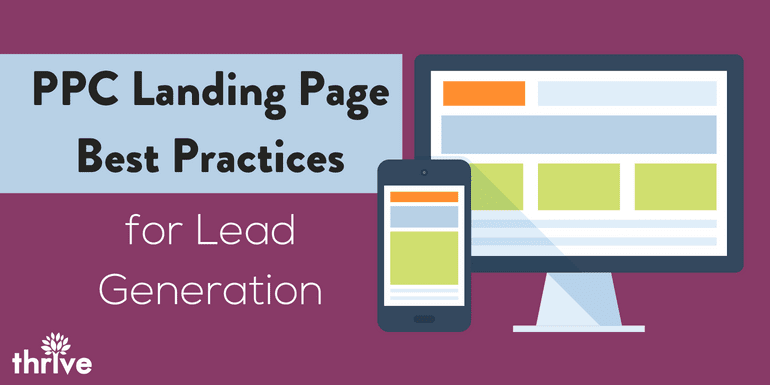Having a strong Google Ads account is only half the battle when it comes to paid search marketing.
Your landing page experience needs to be just as strong!
A bad user experience on a landing page will result in a loss of the sale. If you’re paying to send people to a certain page, that page needs to be converting visitors at a high percentage.
Here are some ways you can increase leads or sales on your website via your landing pages.
Make them really, really mobile friendly and optimized for mobile.
In June 2018, Google rolled out mobile-first indexing. What does this mean to your mobile landing page? When separate desktop and mobile URLs are recognized, the content that is indexed will be from the mobile version regardless of the device being used. If it isn’t already, its time to move content to mobile.
I’m sure we have all been to a website that was not optimized for a mobile device. They are frustrating and hard to use. Don’t lose sales because customers are unsure how to find what they are looking for! Customers shouldn’t have to work to find solutions to their problems on your site.
There are several tools you can use to see if your current website is responsive to and optimized for mobile devices:
- Google’s Mobile-Friendly Test
- Google Mobile Site Speed Comparison Tool
- BrowserStack
- PageSpeed Insights
Make your page’s point ridiculously clear.
It’s important to make it clear on your landing page what makes you different than your competitors and why customers should choose you.
Remember, the customer has a problem that you can help solve. Most people spend less than 1 minute on a website, so make sure the solution to their problem is clearly stated.
Using bullet points can make it easy for customers to quickly find the information they’re looking for. You can also test bolding specific content in a paragraph to make it stand out.
Simplify your forms.
Because more and more customers are using their cell phones to do research and find what they’re looking for, it is important to consider the mobile experience of not only your website but also the lead form on your page and/or site. The biggest mistake I’ve seen is having a lead form that is too long and complicated.
You should only ask for the required information you need to know what the customer’s problem is and how to contact them.
If you offer several services, have a section of the form that allows customers to choose what service they need. But keep it simple; use drop-down boxes, checkboxes, or a simple message box.
In addition to having a simple form, you want to have a lead form on the landing page so customers don’t have to go hunting around your website. This can cause customers to get distracted and result in the loss of a sale. Strong directional cues can help customers know where to find the lead form.
Provide motivation.
Lastly, you want to give the customer motivation to fill out the lead form; what will the customer get if they choose you? This motivation should be stated throughout your website, especially on the Contact Us page and pages that have lead forms.
An example of a simple, yet effective, motivation is “Call now for your free quote”. It lets the customer know that when they call, they will get a free quote for the service they need.
Landing pages should always be evolving. You can test different elements on your website to improve the user experience, which in turn will increase conversions.
Looking for help with your landing pages? Let’s chat!

